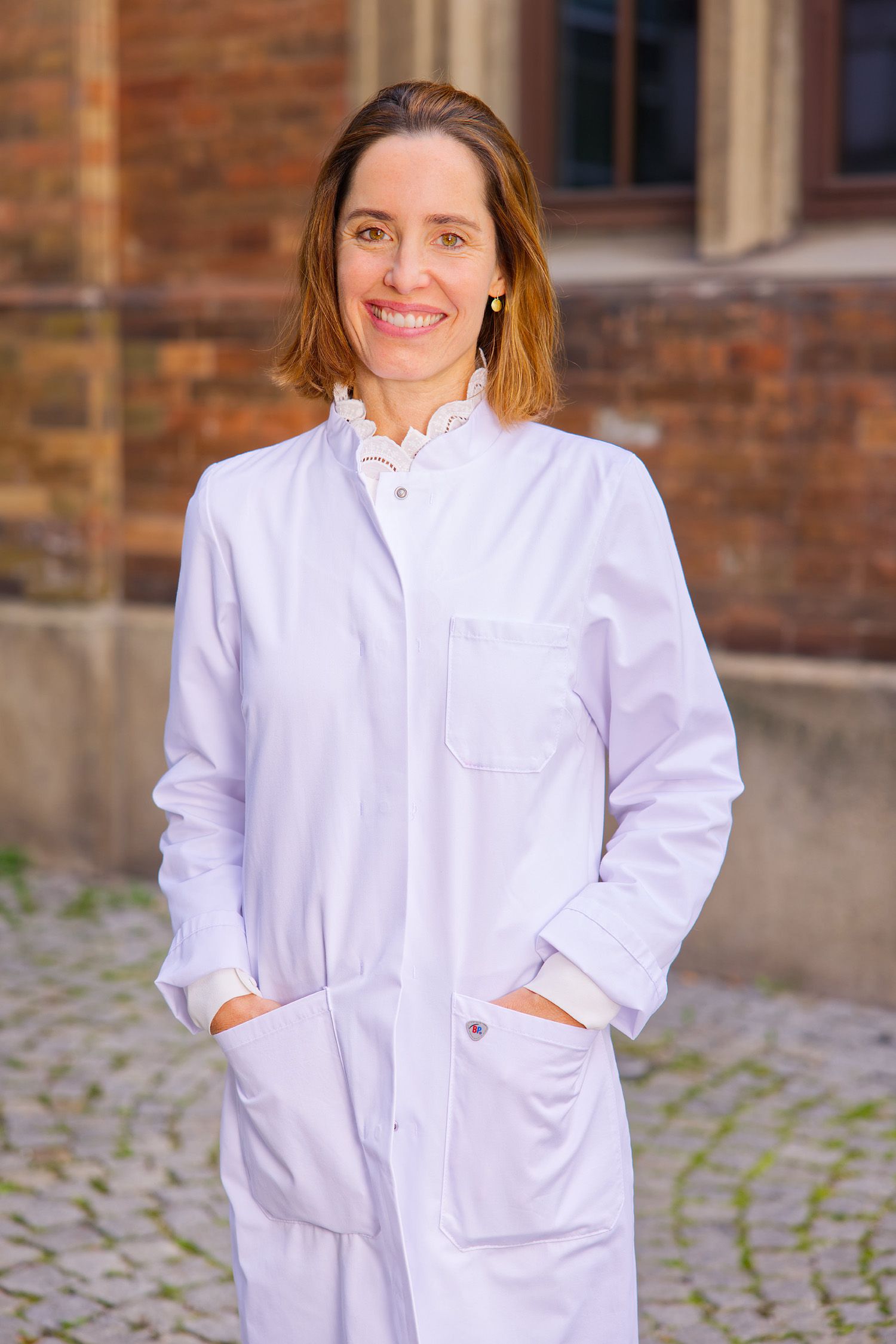Other Treatment Methods
- Adrenal hyperplasia
- Gestational diabetes
- Growth disorders in children
- Hashimoto's thyroiditis
- Hormone deficiency
- Hormone-producing tumors
- Hyperthyroidism
- Hypofunction of the adrenal cortex
- Hypothyroidism
- MODY (Maturity Onset Diabetes of the Young)
- Obesity
- Osteoporosis
- Overactivity of the adrenal cortex
- Sex hormones
- Type 1 diabetes
- Type 2 diabetes

© Unsplash
Type 1 diabetes
Type 1 diabetes usually occurs in childhood, adolescence, or young adulthood, but it can in principle develop at any age. The symptoms usually develop quickly, within a few days or weeks. Typical signs include excessive thirst (polydipsia), frequent urination (polyuria), unexplained weight loss, Fatigue, Weakness, Visual disturbances and a sweet, fruity breath odor. In severe cases, diabetic ketoacidosis (acidification of the blood) can occur - a life-threatening condition with nausea, vomiting, abdominal pain, and confusion.
Diagnosis of Type 1 diabetes
The diagnosis is made by determining blood sugar levels and the so-called HbA1c value (glucose levels in the blood) as well as by checking the performance of beta cells. Beta cells in the pancreas are responsible for the production and storage of insulin. However, chronic overload of the body with sugar and fat can damage these cells. C-peptide levels can also be measured to assess the body's own insulin production.
Treatment of Type 1 diabetes
The treatment of type 1 diabetes is based on lifelong insulin therapy, as the body can no longer produce its own insulin. Various insulin preparations are used - either through multiple injections or via an insulin pump. The aim is to Blood sugar level preferably to keep it within the normal range to avoid acute complications and long-term consequential damage. In addition, regular blood sugar checks, an adapted diet, exercise, and structured diabetes education are part of therapy.
Modern technologies such as continuous glucose monitoring systems (CGM), insulin pumps with automated insulin delivery (AID systems), and apps for therapy support increasingly improve the quality of life and self-management of those affected. There is currently no cure for type 1 diabetes, but intensive research is being conducted on immunomodulatory therapies, beta cell transplantation, and artificial pancreases.








